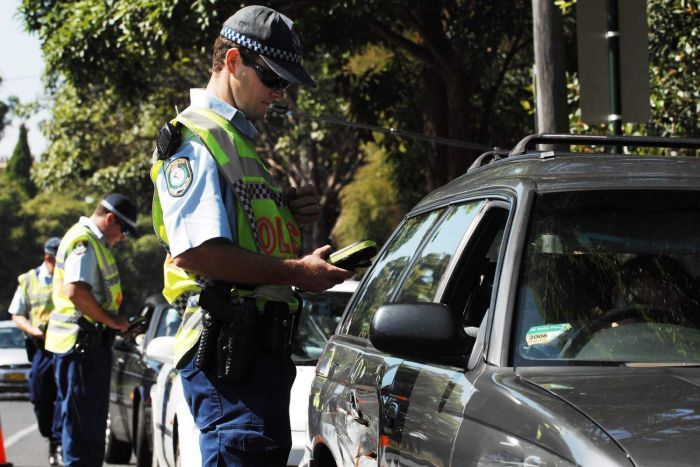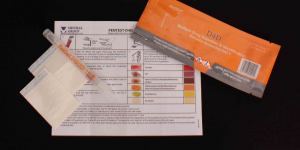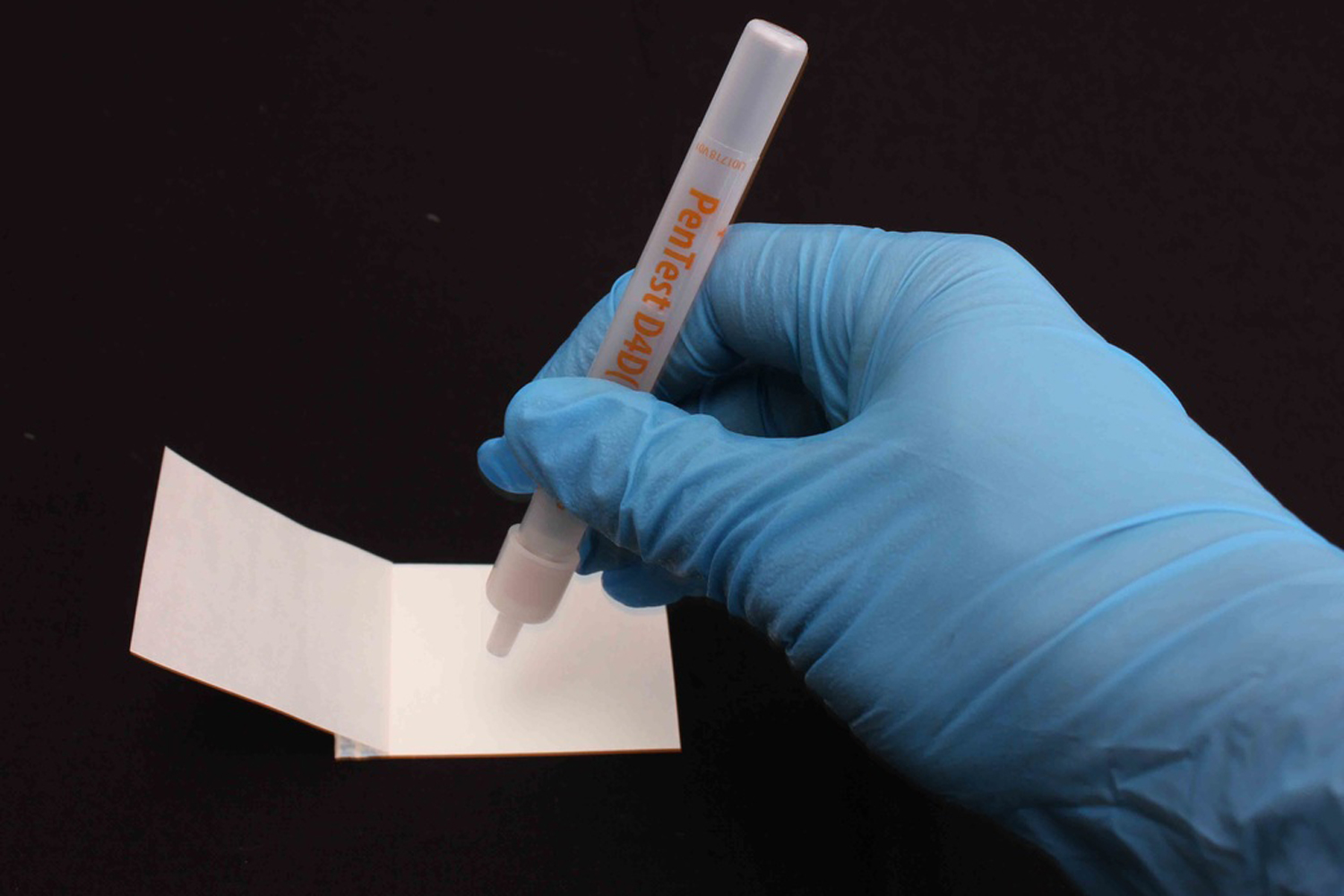The drug ‘speed’ has been a long-time favourite amongst long-distance drivers for many years and it’s no secret that this illegal stimulant has been used by some truck drivers to keep them awake during long haul journeys.
Well ‘speed’ is just another form of methamphetamine, or ‘ice’ as it’s commonly called. If you’ve ever used ‘speed’, you have used ‘ice’.
The new risk is the prevalence of methamphetamine use amongst operators of our road’s largest vehicles.
A recent police blitz north of Adelaide, South Australia, recently netted 20 heavy vehicle operators driving after using ice and other drugs such as cannabis.
SA Police Inspector Billy Thompson says “it is scary to find drugs in so many heavy vehicle drivers, both from SA and interstate, in such a short time.”
“These are drivers in an industry where operators and managers are fully aware of their safety responsibilities and legal requirements,” he said in a statement.
He has warned truckies against using illicit drugs, like amphetamines, to help them stay awake.

“Methamphetamine affect reaction times, co-ordination and vehicle control as well as mood, perception, information processing and judgement,” he said.
“When heavy vehicles collide with a smaller vehicle, such as a car or motorbike, the results can be catastrophic.”
But it’s not just truck drivers using meth and getting behind the wheel. There are plenty of drug-affected car drivers out there too if recent media reports are anything to go by. Near Melbourne, police nabbed three car drivers in six hours including one who was caught for the same offence twice in the same day.
Police in ACT are now catching 12 times as many drugged-drivers than drunk-drivers in a trend that is sweeping the country. ACT have a zero-reading policy for three of the most common illicit drugs, cannabis, ecstasy and ice (methamphetamine). This means that if you are detected with any trace of these drugs in your system, you are charged with drug-driving.
Police now consider drugged-drivers to be as dangerous as alcohol impaired drivers and are planning to escalate their targeting of drug affected drivers going forward as testing kits become more available.
But the danger of meth use inside a vehicle is not only to other road users.
This hidden danger can affect the health other users of the vehicle as well as drastically reduce the resale value of the car or truck. If you operate company or fleet vehicles, have you considered the risks of possibly having ice users driving them?
Firstly, there is the safety of other road users to consider. Second, the risk to other people using the meth contaminated vehicle. Third, the loss of value and potential ‘unsaleability’ of the vehicle if it’s contaminated beyond the ability to clean it to a safe level.
Vehicle Users and The Ice Danger
Consider this. Would you knowingly place yourself, your kids, or anyone else inside a sealed box that had previously been used to smoke ice in? That’s what you’re doing when you drive a vehicle that, unknown to you, has previously been used by a meth smoker.
The danger increases when the interior of the car becomes hot and the residue re-vaporises and starts to release its toxic compounds inside the vehicle. Then, use of the air conditioner distributes these toxins around the interior to be inhaled by all passengers, usually with the windows closed for increased affect.
If you are purchasing a used vehicle, or are being allocated a previously-used fleet vehicle from your company, you should consider testing a number of interior surfaces for possible contamination.
This will a) ensure that your vehicle is drug-clean and prevent putting yourself and your passengers at risk, and b) ensure that you are not opening yourself up to any suspicion of having used drugs in the vehicle.
Fleet Owners
 Fleet owners take note. If you assign vehicles to your employees that have been contaminated with methamphetamine, you are breaching Health and Safety requirements which state that you “have a duty to protect any person from exposure to hazards and risks that arise in the workplace.”
Fleet owners take note. If you assign vehicles to your employees that have been contaminated with methamphetamine, you are breaching Health and Safety requirements which state that you “have a duty to protect any person from exposure to hazards and risks that arise in the workplace.”
Surface testing allows fleet operators to discreetly test vehicles for possible, illicit drug use and contamination before allocating them to operators. If a vehicle has been tested clean, ongoing surface testing will allow you to determine which drivers may be using ice, or other drugs, in the vehicle. These drivers may then be subject to more rigorous, personal testing as a result.
Used Car Sales Companies
When used car sales companies assess a vehicle for a trade-in, they generally carry out some form of inspection and road test to determine how much they’re prepared to offer the owner and ensure that they’re not about to purchase a ‘lemon’.
 With the marked increase in methamphetamine use, more and more users are consuming the drug inside the relatively safe, secure, and private confines of their vehicle. They may take their ‘hits’ while driving or parked-up at a discreet location but whatever their choice of drug-using outlook, the toxic fumes of their drug use are permeating and coating the hard surfaces and soft linings of the car which they then pass on, either as a trade or privately, to the next unknowing owner.
With the marked increase in methamphetamine use, more and more users are consuming the drug inside the relatively safe, secure, and private confines of their vehicle. They may take their ‘hits’ while driving or parked-up at a discreet location but whatever their choice of drug-using outlook, the toxic fumes of their drug use are permeating and coating the hard surfaces and soft linings of the car which they then pass on, either as a trade or privately, to the next unknowing owner.
Once these toxins become ingrained in the car’s seats, ceiling and door liners and other surfaces of the vehicle, they are virtually impossible to clean to a safe level.
Not only does this render the vehicle unsaleable, the car sales business opens itself up to possible legal action should they on-sell a contaminated vehicle only for the new owner to discover its hidden and potentially dangerous secret.
Car sales companies now have an opportunity to protect themselves from trading-in a potentially unsaleable vehicle by conducting surface testing during the pre-trade assessment. Remember, once you purchase the problem, you own the problem.




